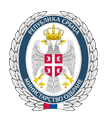30.04.2022.
Demonstration of Capabilities of Serbian Armed Forces “SHIELD 2022”
A demonstration of capabilities of the Serbian Armed Forces titled “SHIELD 2022” was held today at military airfield “Colonel-Pilot Milenko Pavlović” in Batajnica. The demonstration was attended by President of the Republic and Supreme Commander of the Serbian Armed Forces Aleksandar Vučić, Deputy Prime Minister and Minister of Defence Nebojša Stefanović PhD and Chief of General Staff of the Serbian Armed Forces General Milan Mojsilović.
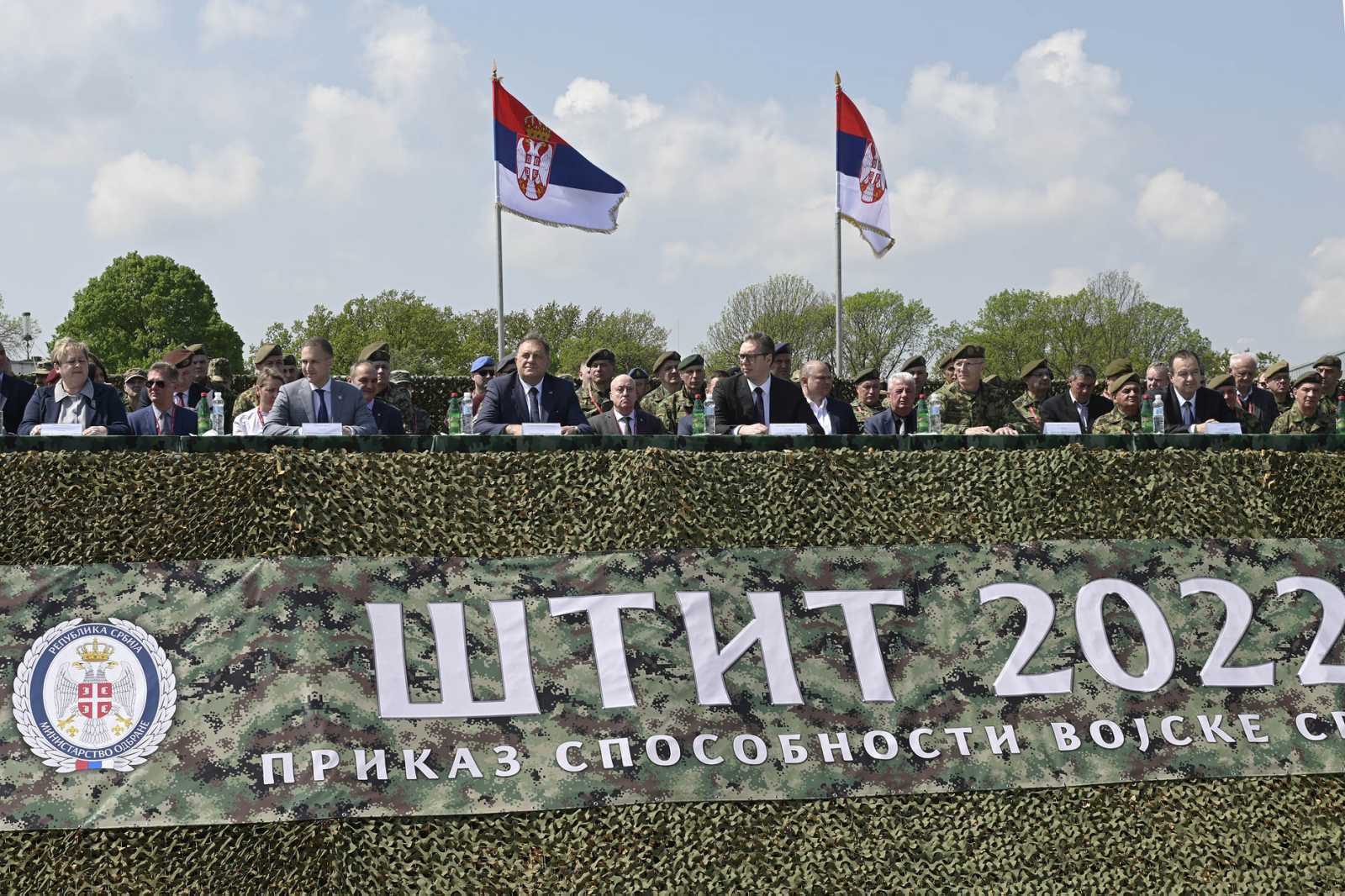
Serbian Member of the Presidency of Bosnia and Herzegovina Milorad Dodik also attended the demonstration, as well as President of the National Assembly Ivica Dačić, and Prime Minister of the Government of the Republic of Serbia Ana Brnabić.
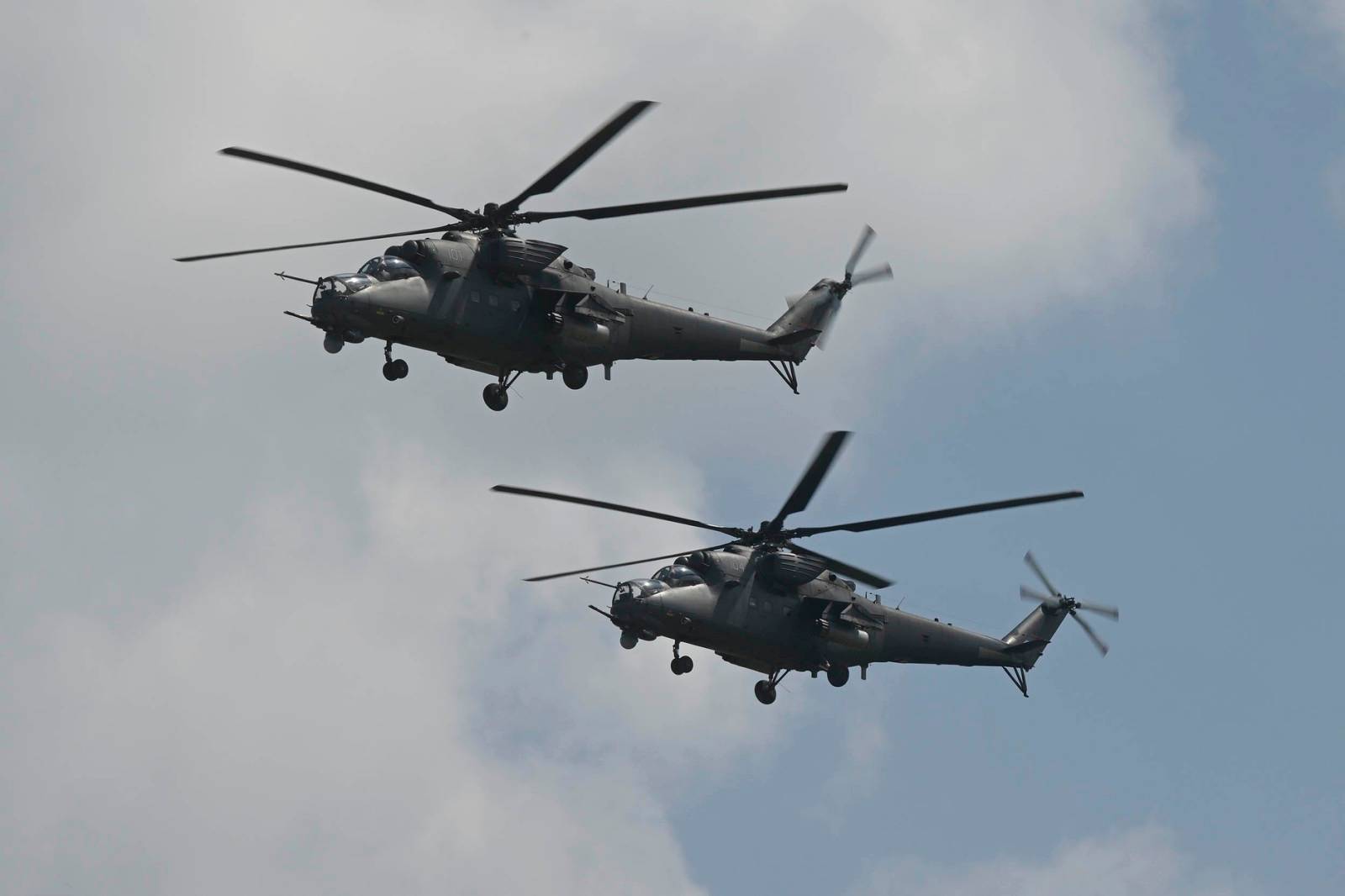
The demonstration presented capabilities of a part of units of the Serbian Armed Forces armed and equipped with modern assets of arms and military equipment from the production programme of Serbian defence industry or imported, and the assets that are in development. The demonstration included the participation of more than 1000 members of the Ministry of Defence and Serbian Armed Forces, more than 300 assets of materiel and more than 60 aeroplanes, helicopters and remotely controlled aircraft.
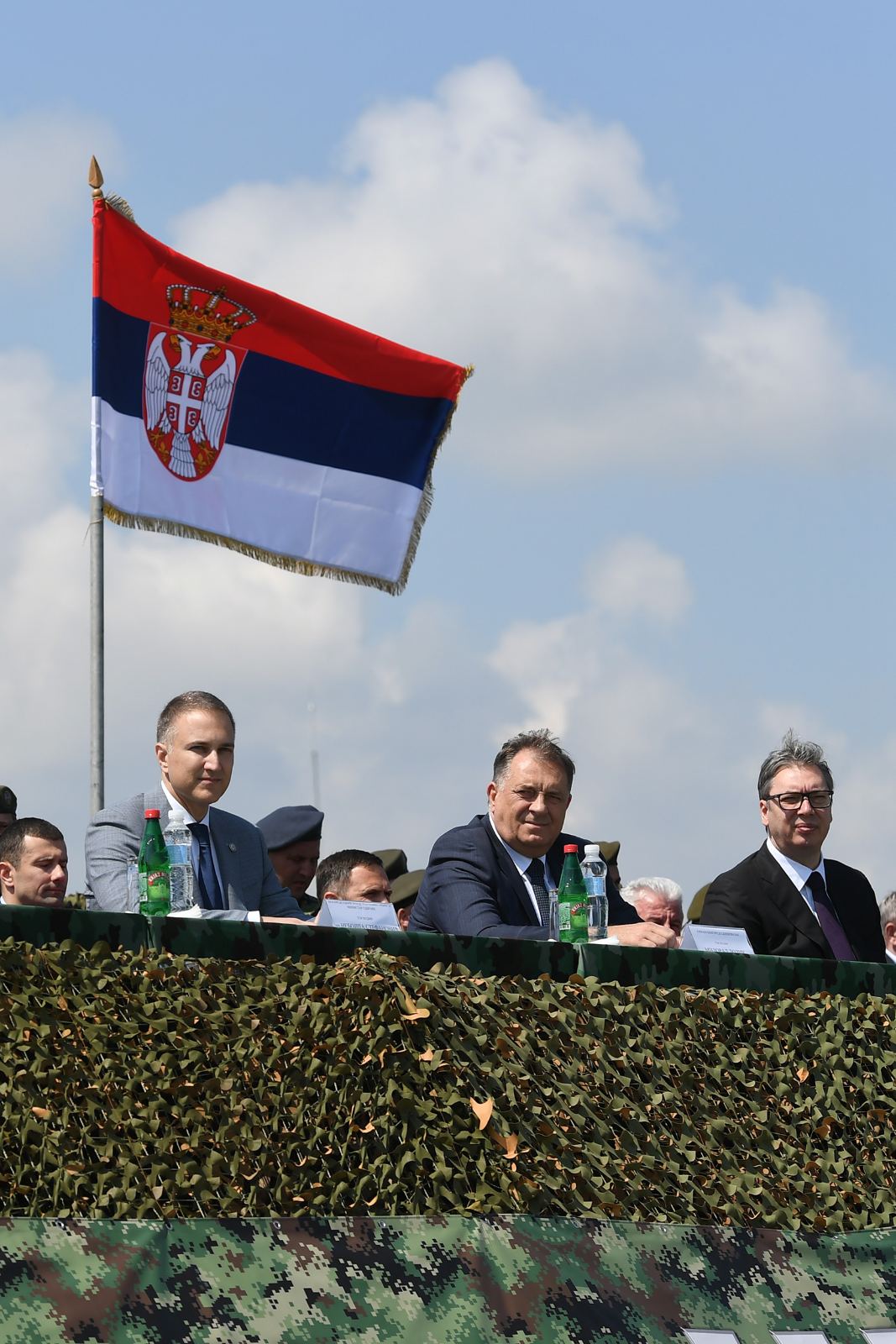
A dynamic part of the demonstration started with the reconnaissance of a wider area blockade by means of a multisensory reconnaissance platform MIP-3 mounted on a fighting armoured reconnaissance vehicle BOV KIV, and the engagement of reconnaissance teams with a mobile remotely controlled reconnaissance platform MIP-1 and sniper pairs transported in a vehicle Zastava NTV.
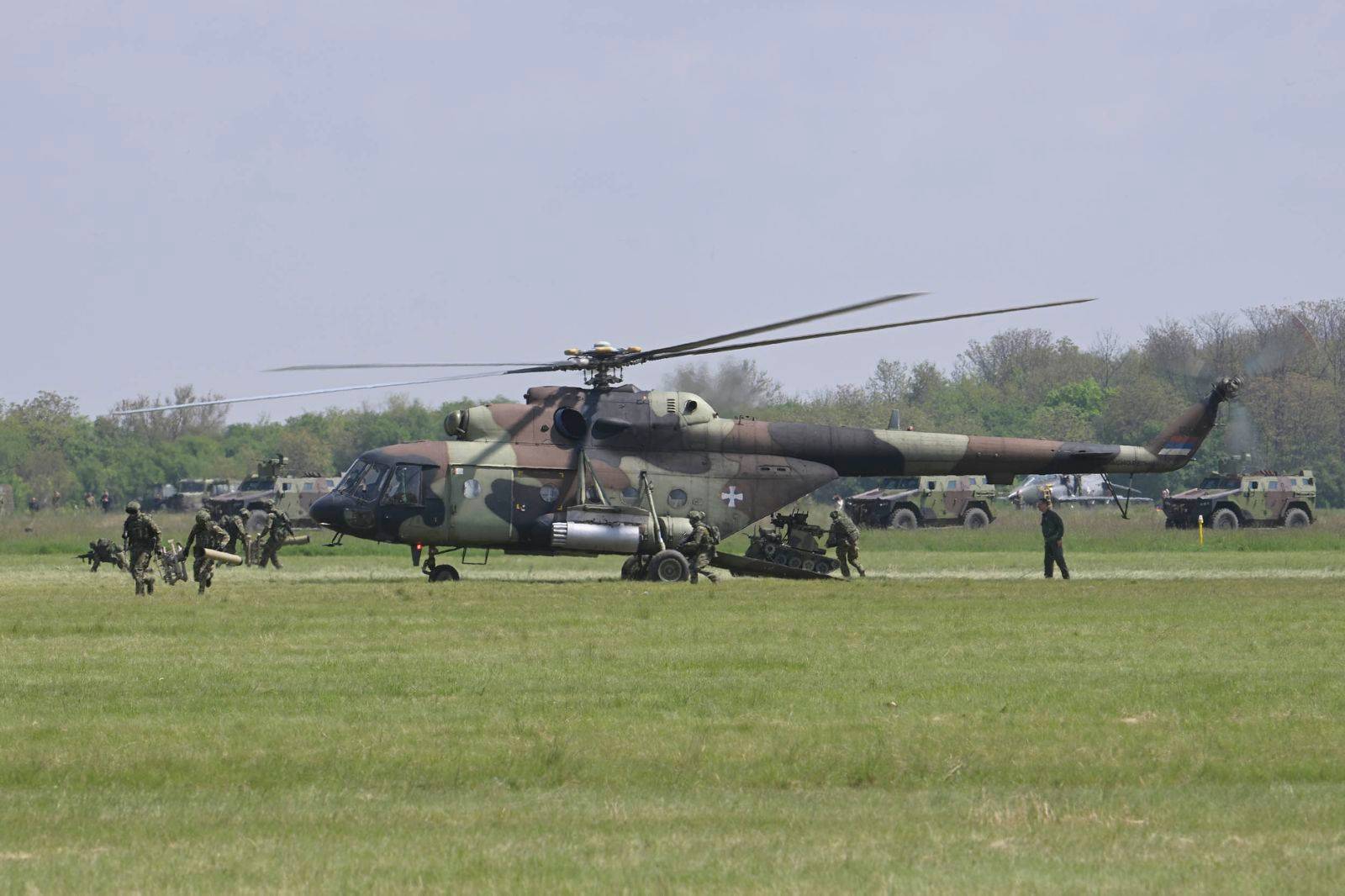
Upon receiving a request for close air support, aviation units, which were in the state of readiness on the runway, took off to execute the task.
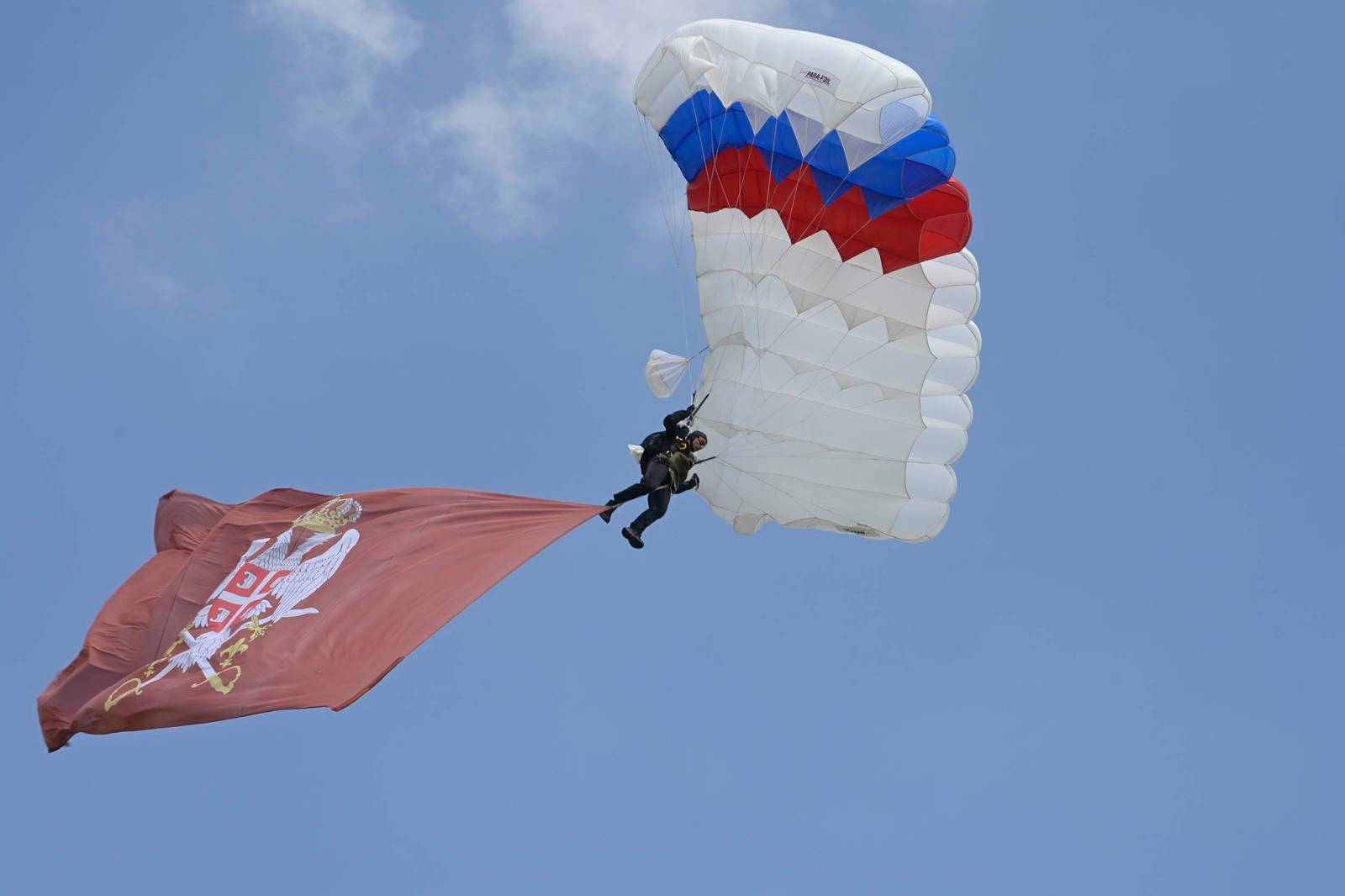
After that, with the view of blocking wider area and creating conditions for the attack and neutralisation of enemy, two infantry platoons on armoured fighting vehicles “LAZAR-3” and three special operations teams on armoured fighting vehicles “MILOŠ 4x4“ assumed battle formation.
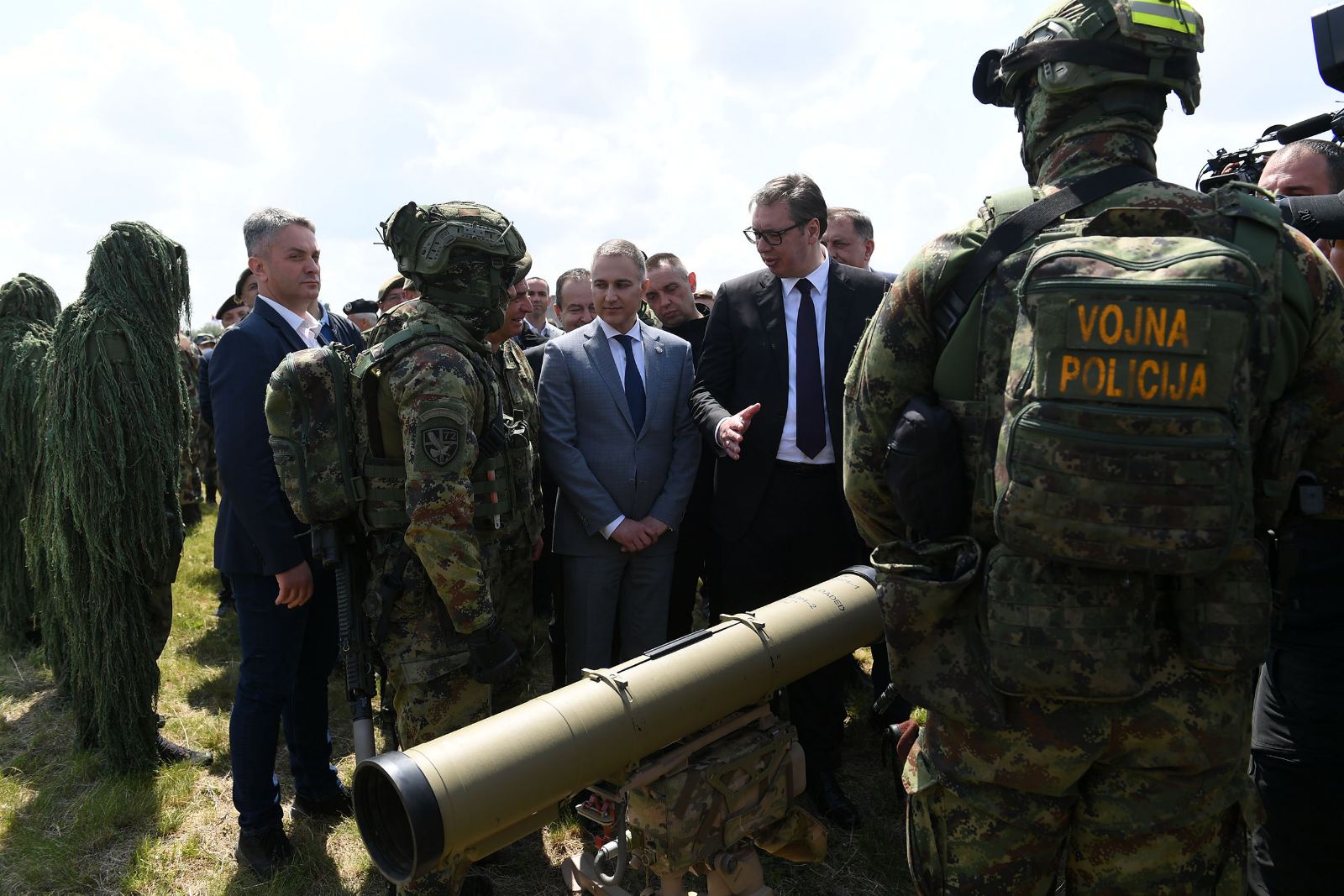
Following the disembarkation of infantry squads from “LAZAR-3” and special operations teams from “MILOŠ“ with fire support of 12.7mm remotely controlled combat stations, firing positions were assumed. Infantry platoons were equipped with new generation of protective ballistic equipment with high-level protection T-19P and long-range rifle SAKO TRG-42, which enables the best firing results at distances up to 800m.
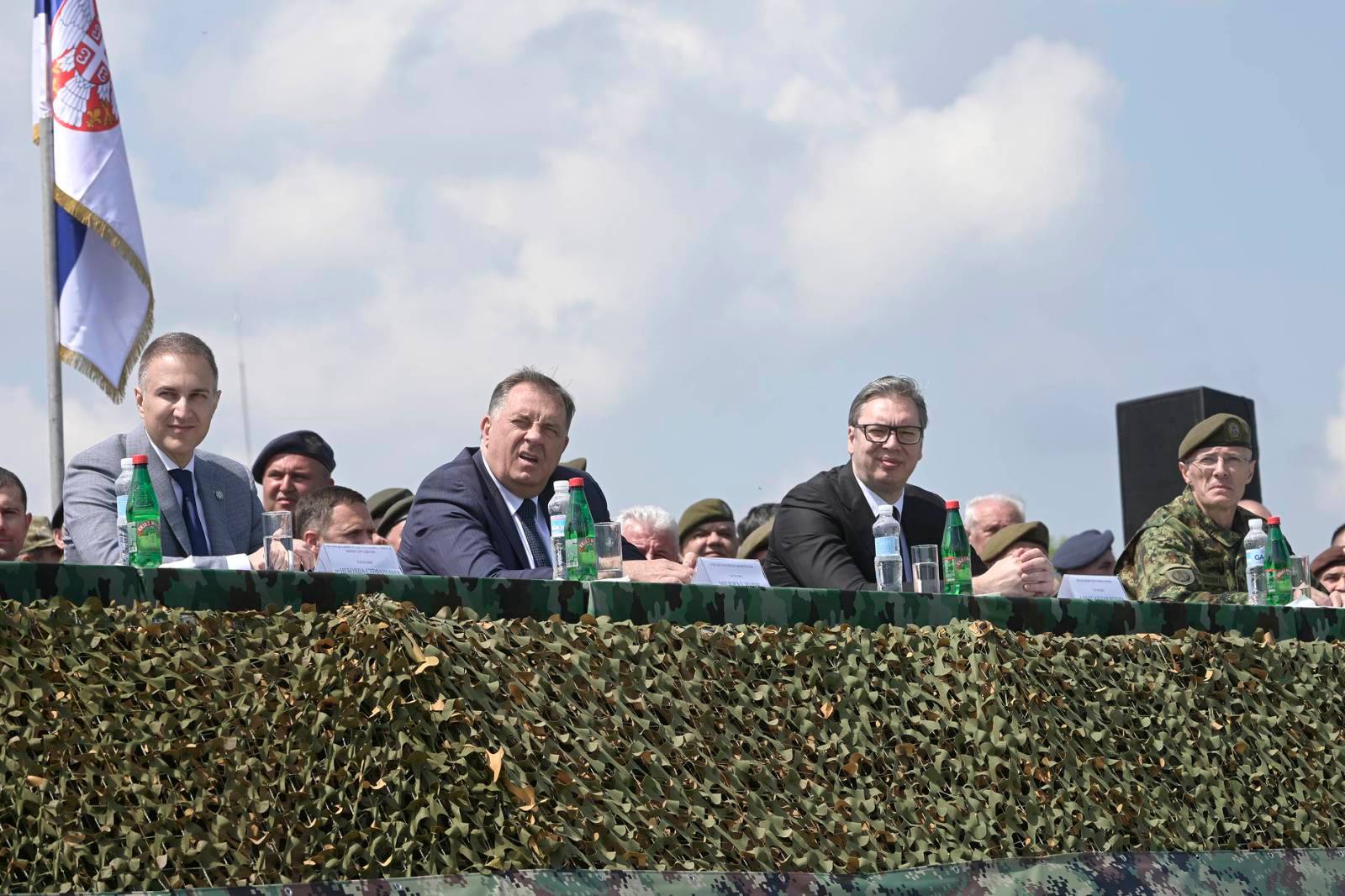
After the disembarkation of special teams and wider area blockage, aimed at providing close air support and creating favourable conditions for a helicopter landing, combat helicopters Mi-35s engaged observed targets. In the target zone, the helicopters in their combat formation, at low altitudes, performed separation and lifting to a required altitude in order to create conditions for the engagement.
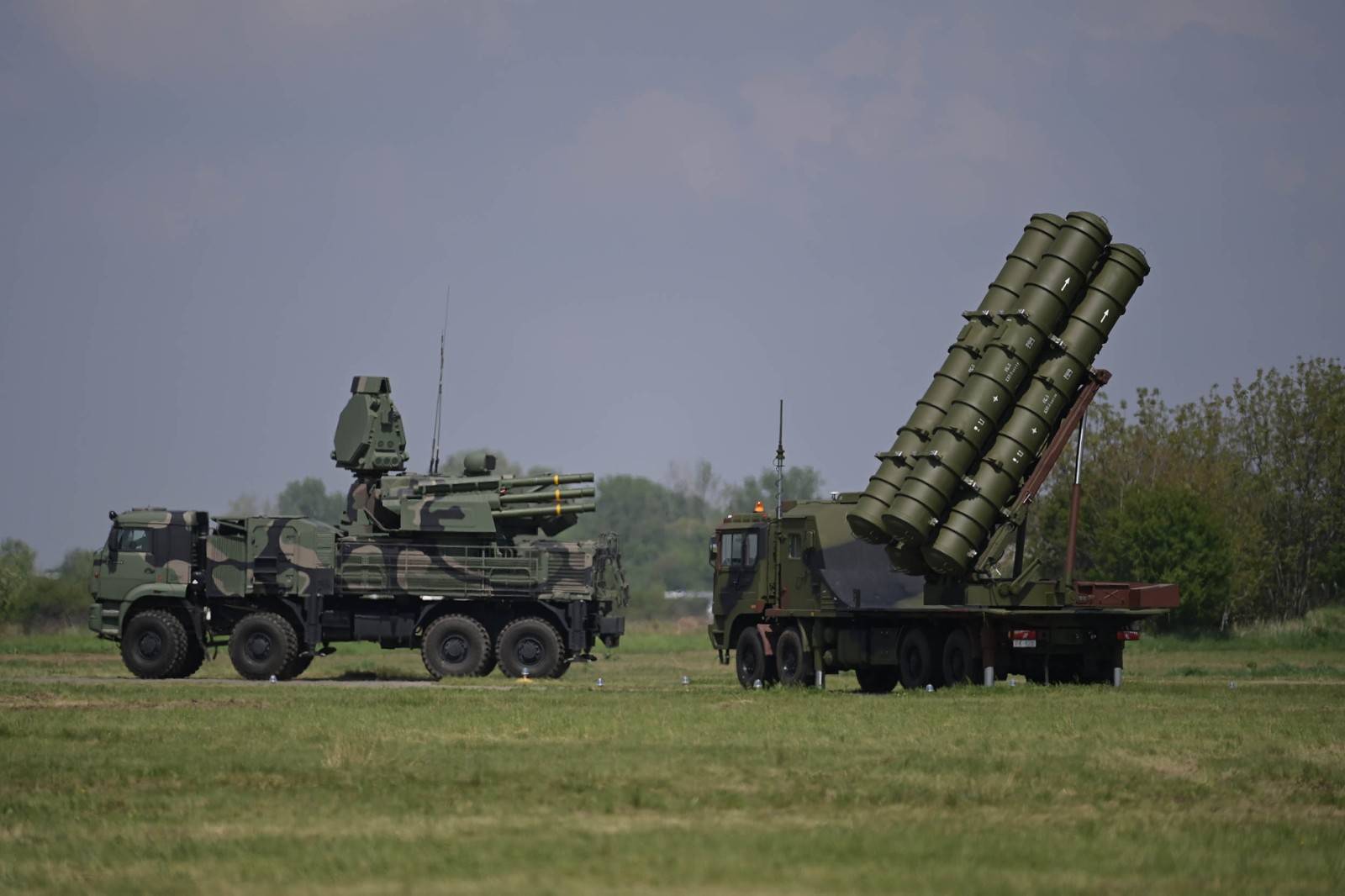
A helicopter landing ensued from Mi-8 and Mi-17 helicopters. A special team from 72nd Special Operations Brigade landed using the fast rope technique from a Mi-8 helicopter, and a partrooper team from 63rd Parachute Brigade landed from a helicopter Mi-17 using “Alpine rope” technique.
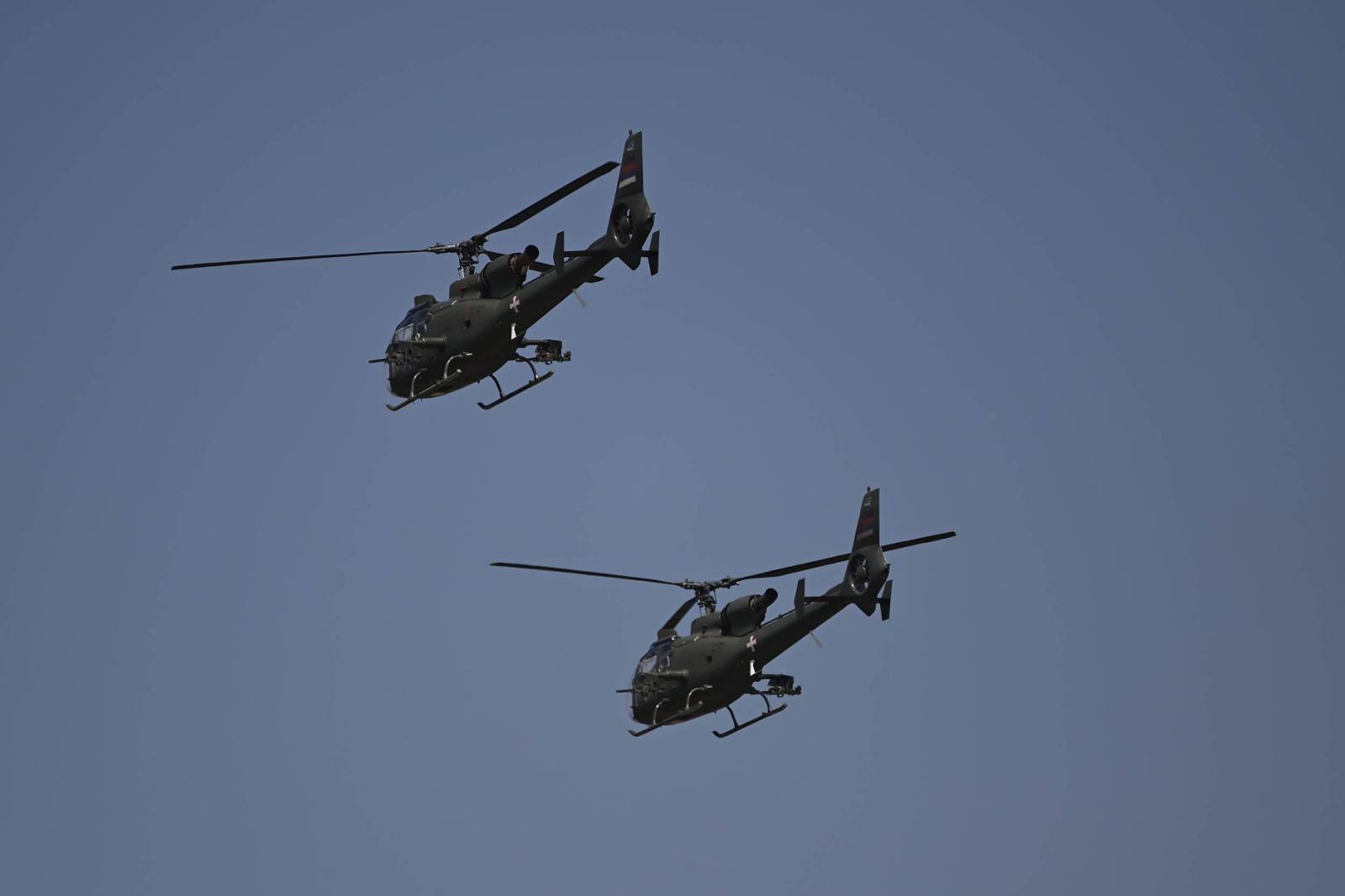
The arrival of Mi-17 helicopter was a signal for the start of landing of two remotely controlled unmanned platforms “Small Miloš” and two anti-tank missile systems “Kornet”.
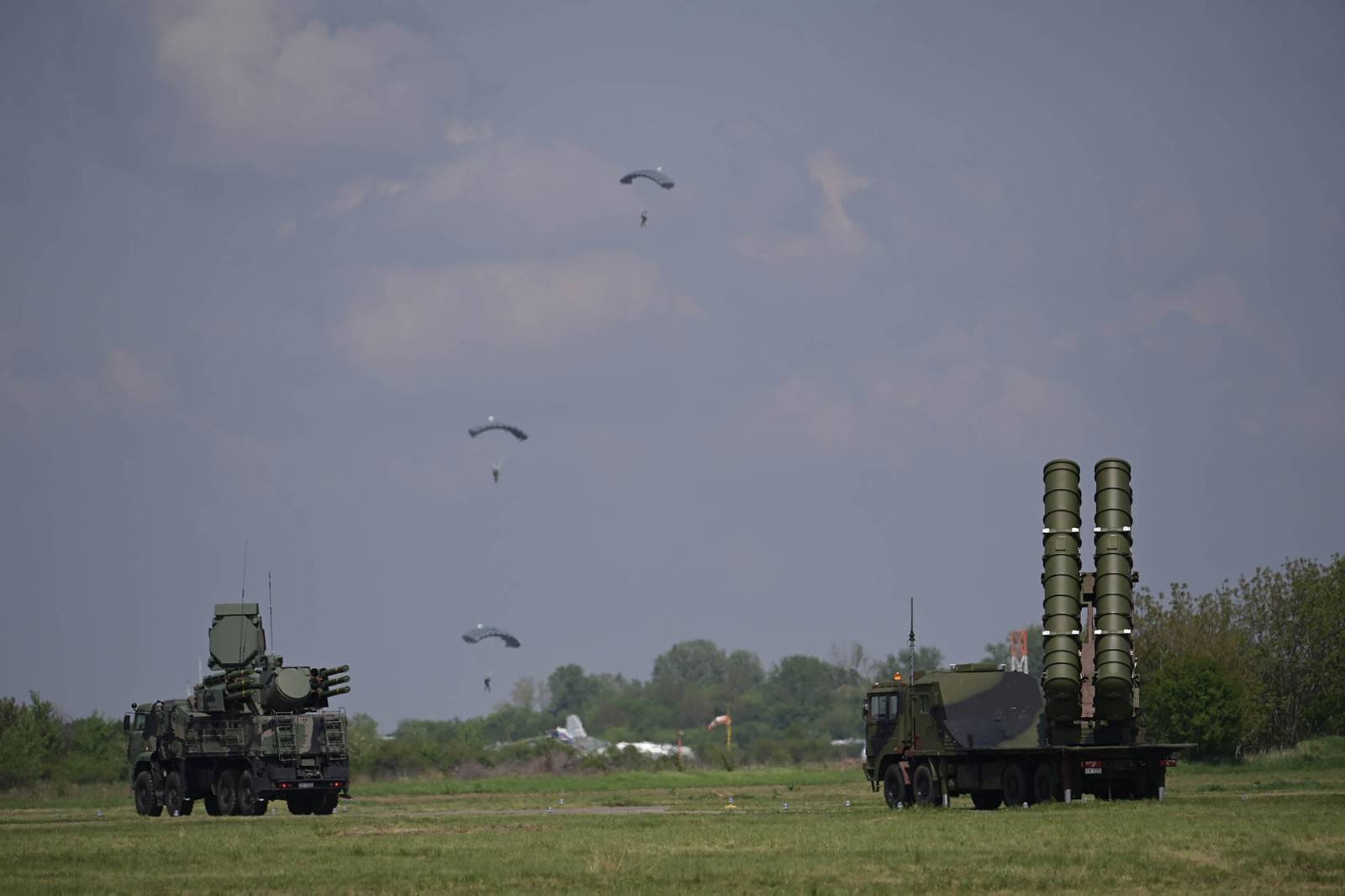
After the disembarkation of the unmanned platform “Small Miloš”, single and group infantry targets were neutralised by movement and fire, while the anti-tank missile systems “Kornet” assumed the position to engage the targets in fortified facilities.
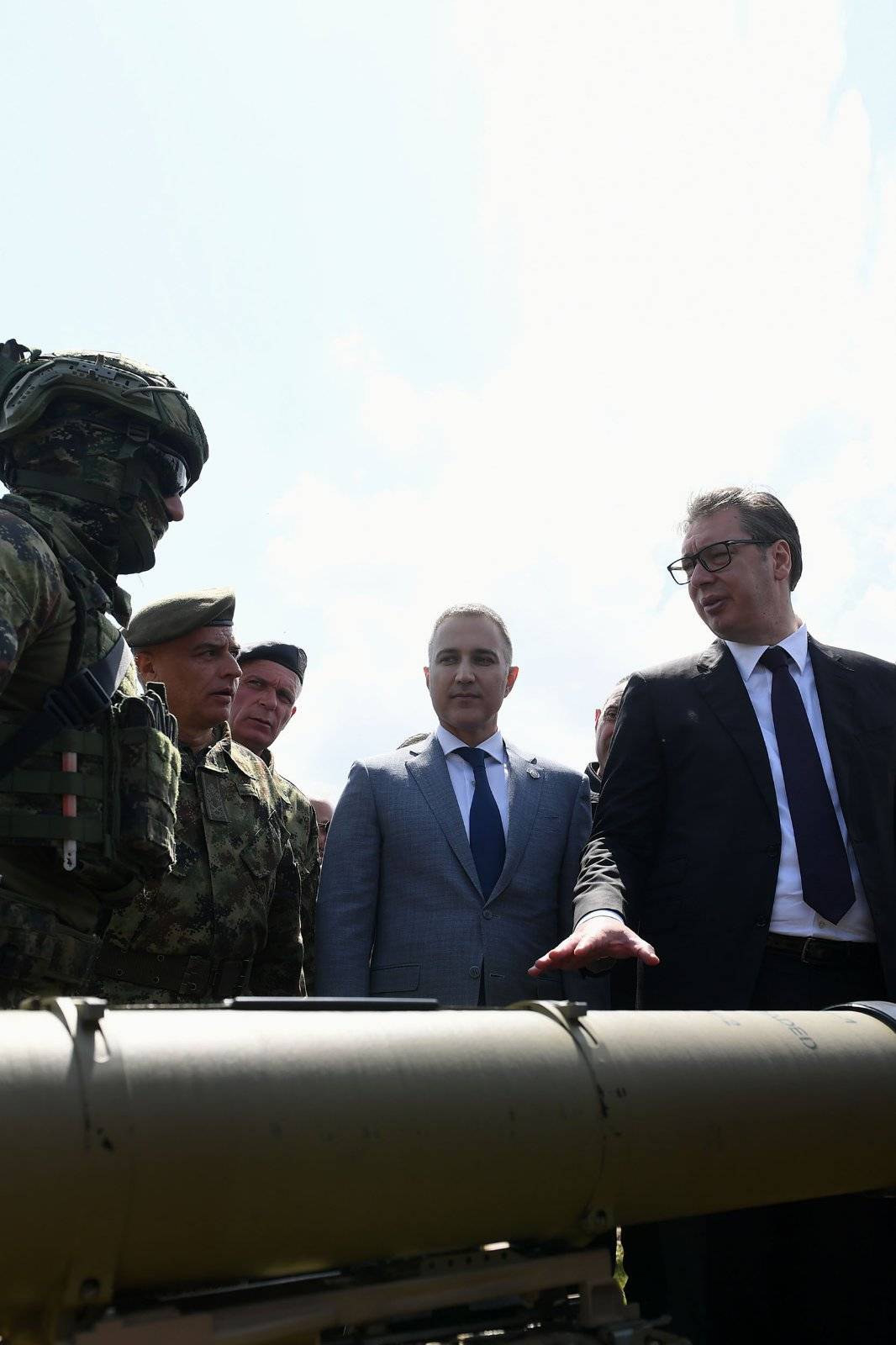
Following the neutralisation of a part of enemy forces, the special forces members were extracted. A pair of Mi-35 helicopters engaged exposed targets to create conditions for the extraction, while special forces teams were extracted by Mi-17 and H-145 helicopters. A Mi-17 helicopter evacuated an injured member using a winch, while a Mi-17 helicopter and H-145 helicopters evacuated the forces using rope suspension technique, with permanent fire support rendered by H-145 attack helicopters.
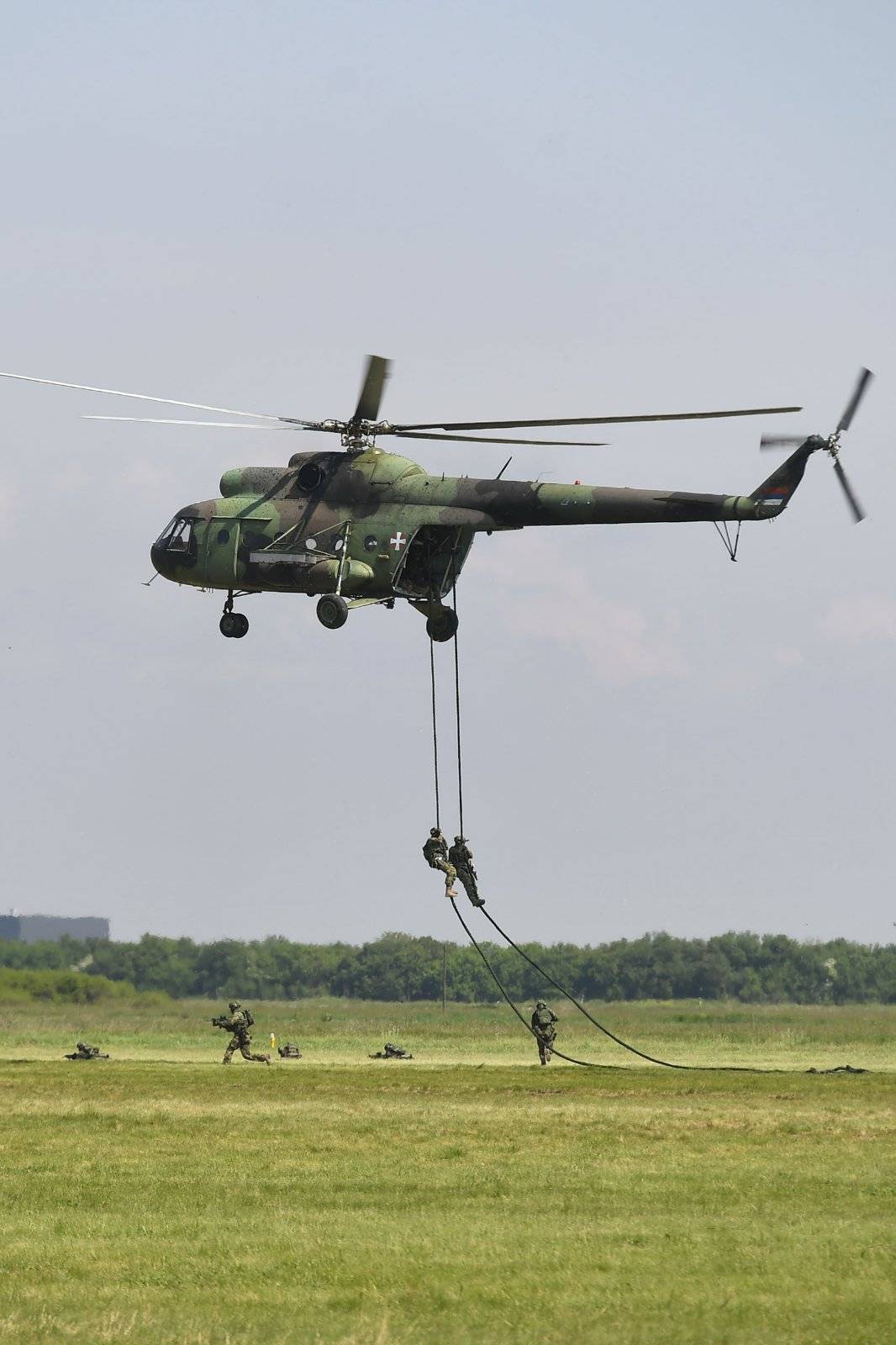
Today’s demonstration was the first showing of the asset for combat evacuation of smaller battle groups and special forces teams by means of the so-called rope suspension technique. The asset has been put to use recently. The evacuated persons are tied to a rope with climbing belts and the evacuation is performed in emergencies at short distances.
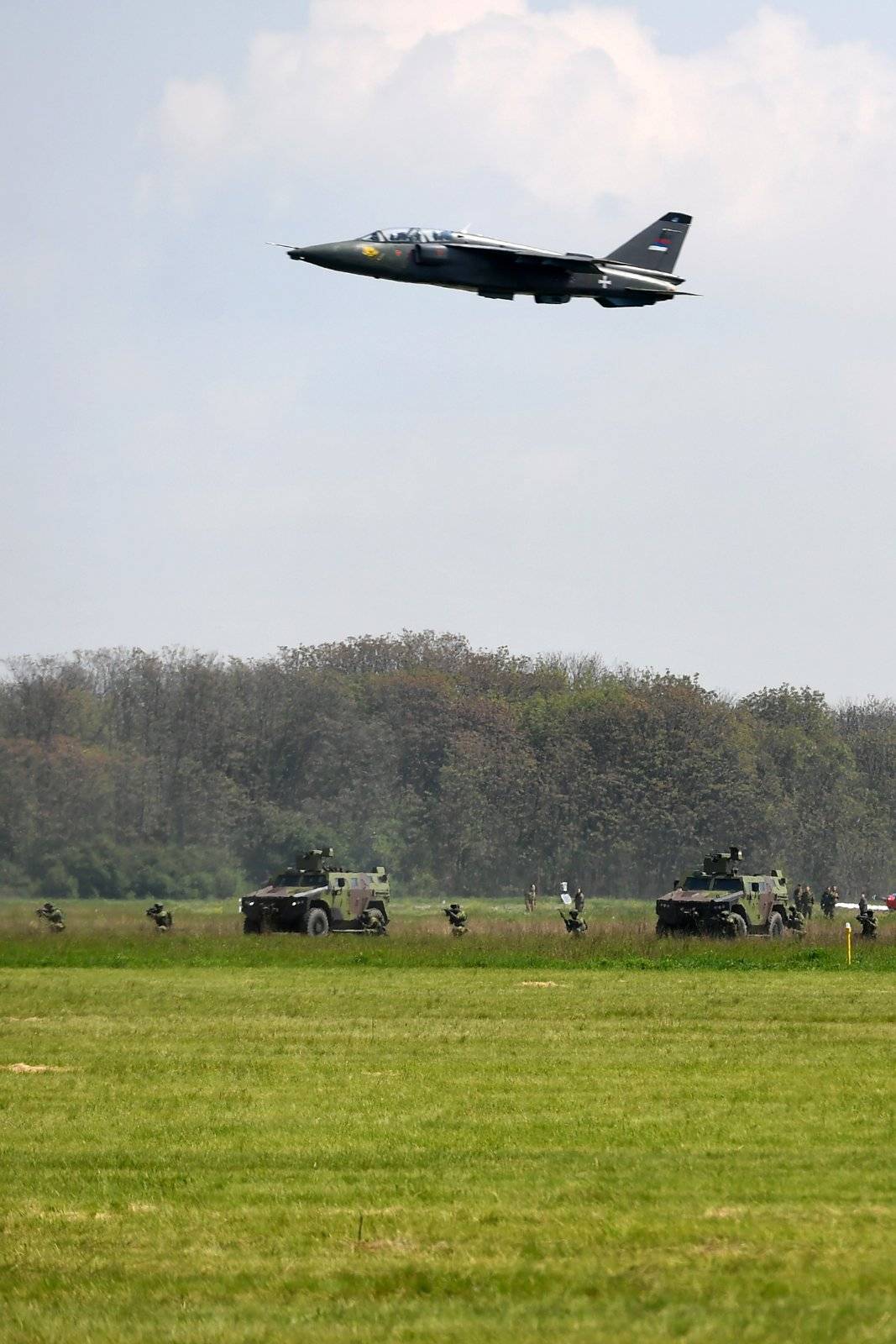
After observed grouping of stronger enemy forces, artillery fire support was requested for the forces in the operation, followed by assuming firing position with a battery of self-propelled howitzer guns “NORA B52”.
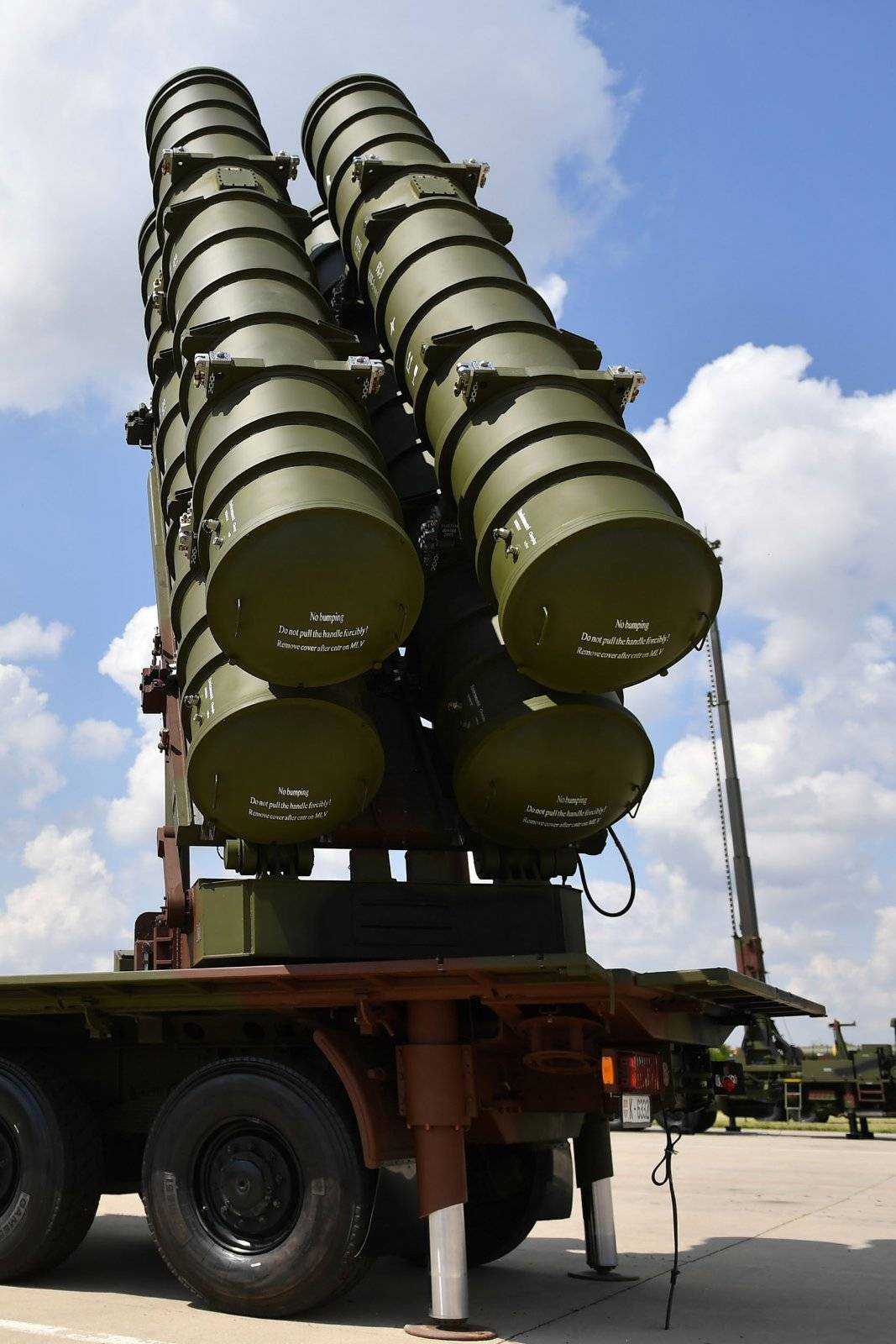
A battery of anti-aircraft self-propelled artillery missile systems PASARS, assuming battle formation, executed an immediate air defence of NORA battery. Prior to the commencement of NORA battery engagement, attack aviation engaged the enemy using aeroplanes “G-4” and “ORAO”.
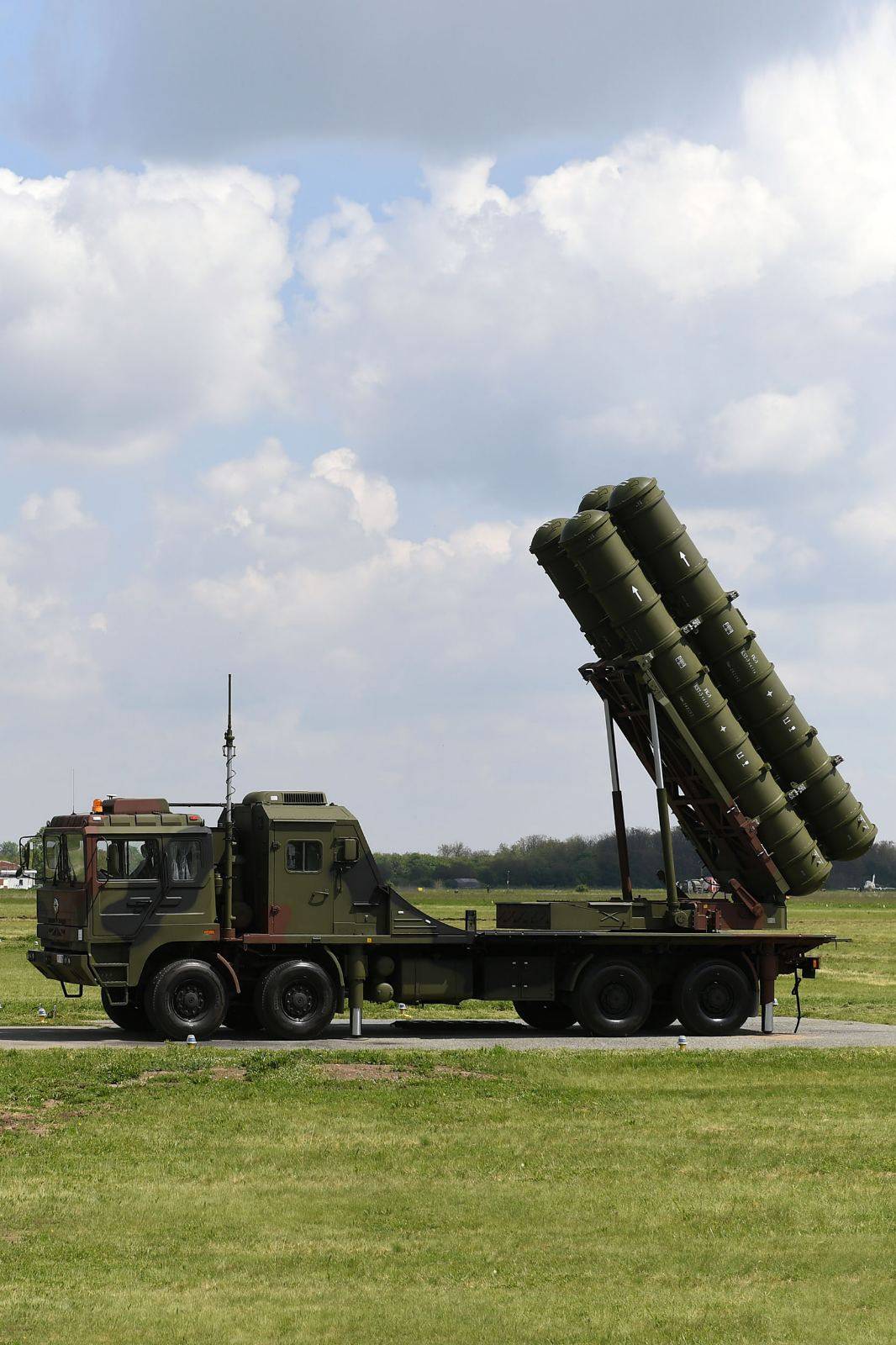
Air space clearing and protection of fighting-bomber aviation was executed by “MiG-29” aeroplanes, whose flyby ensued, and during the execution of that task, they applied defensive and offensive manoeuvres in vertical, slanted and horizontal planes, aimed at bringing the fighter aeroplanes in as favourable as possible position, that enables successful engagement against the enemy using missile and gun armament.
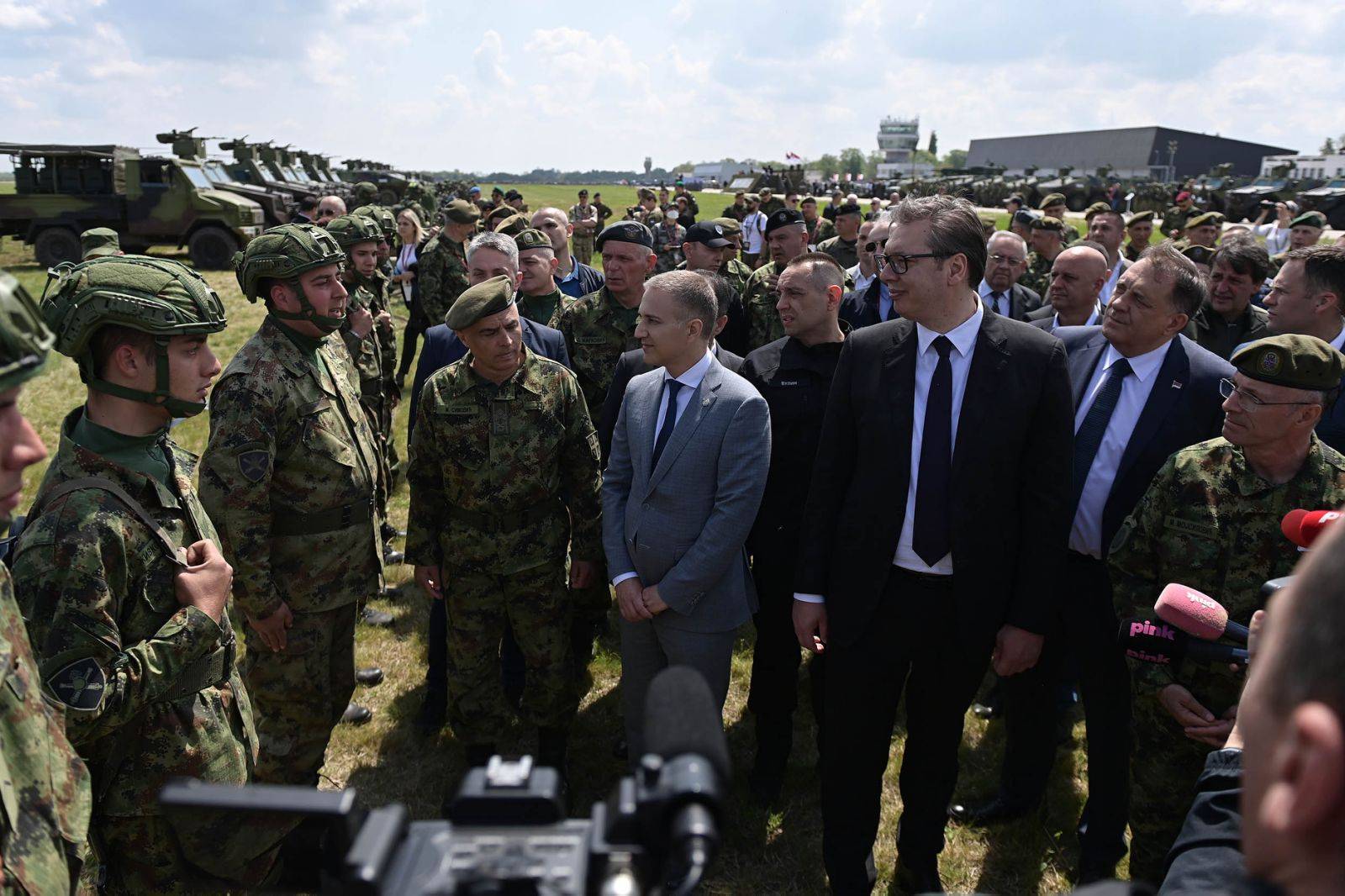
In the sortie executed by fighter-bomber aviation and engagement of targets, a pair of “G-4” aeroplanes arrived in the target area in a sweeping flight and executed the attack using combined manoeuvres. After that, “Orao” type aeroplanes arrived in the target area in a sweeping flight and carried out the attack in pairs performing combined manoeuvres in different trajectories.
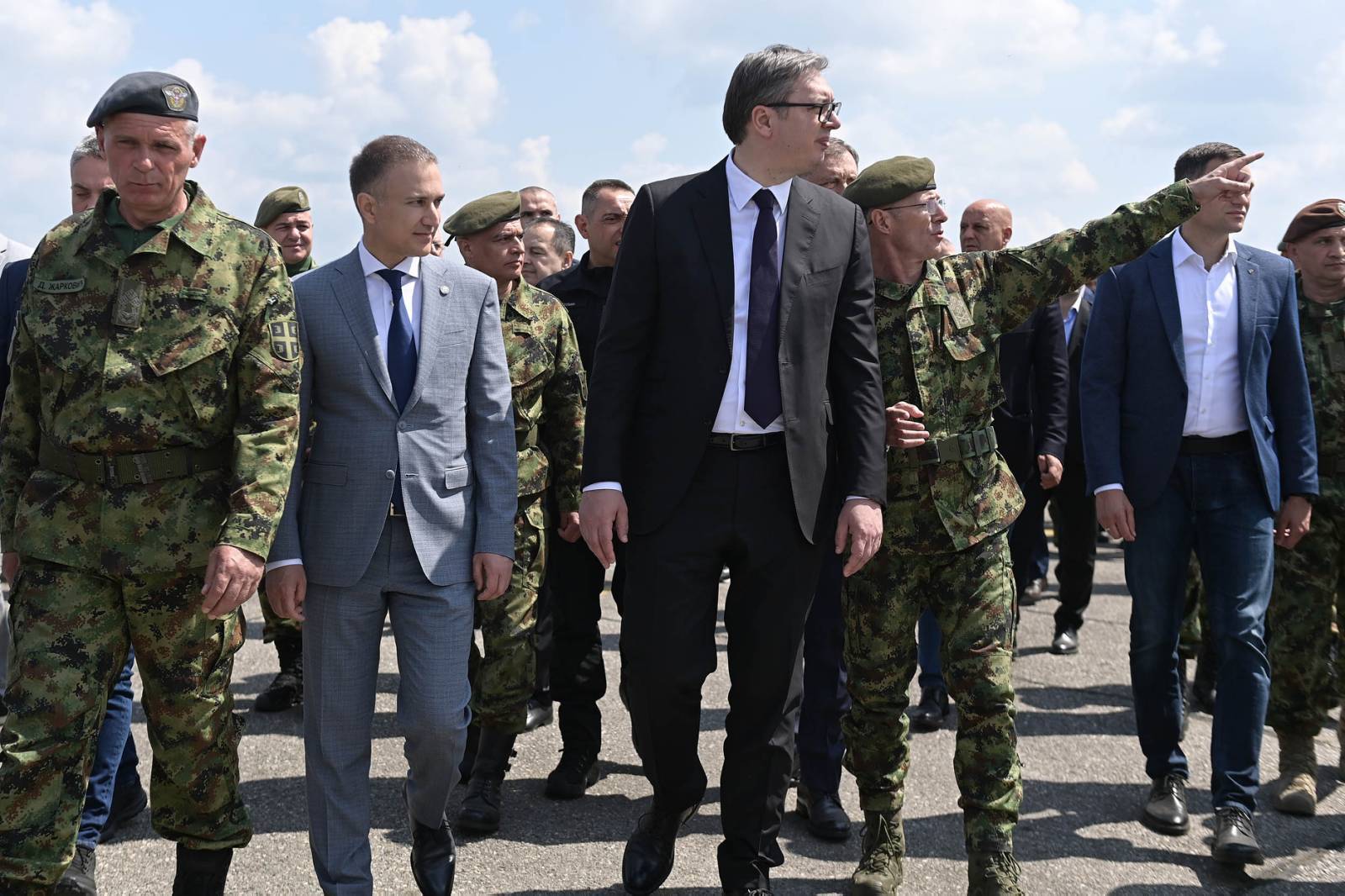
This was followed by the transition of a self-propelled howitzer gun “NORA-B52” and a hybrid self-propelled air defence system PASARS into the state of readiness for the engagement.
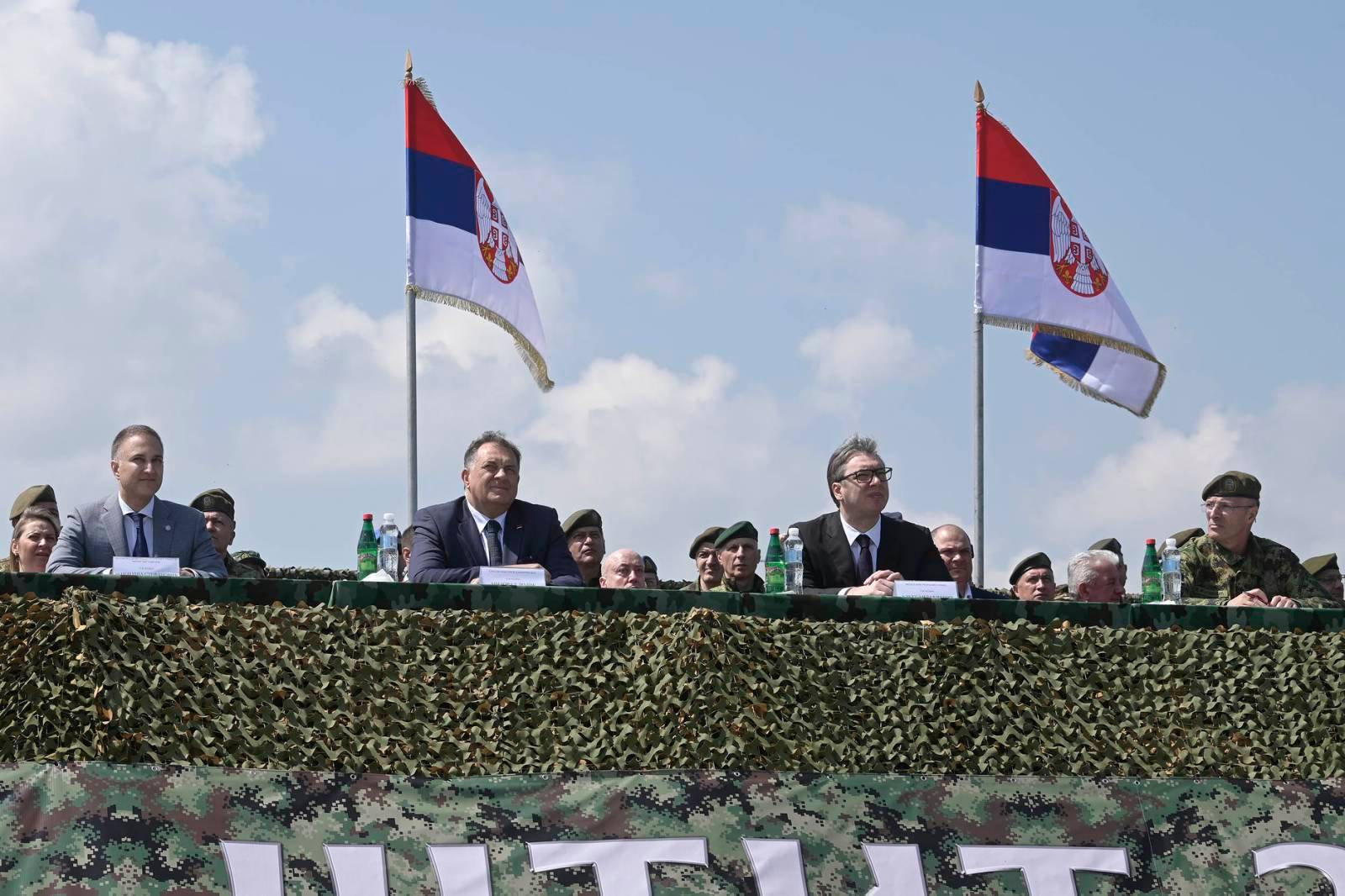
To protect the paratroopers’ landing, “MiG-29” aeroplanes “swept” the air space and established a patrolling zone.
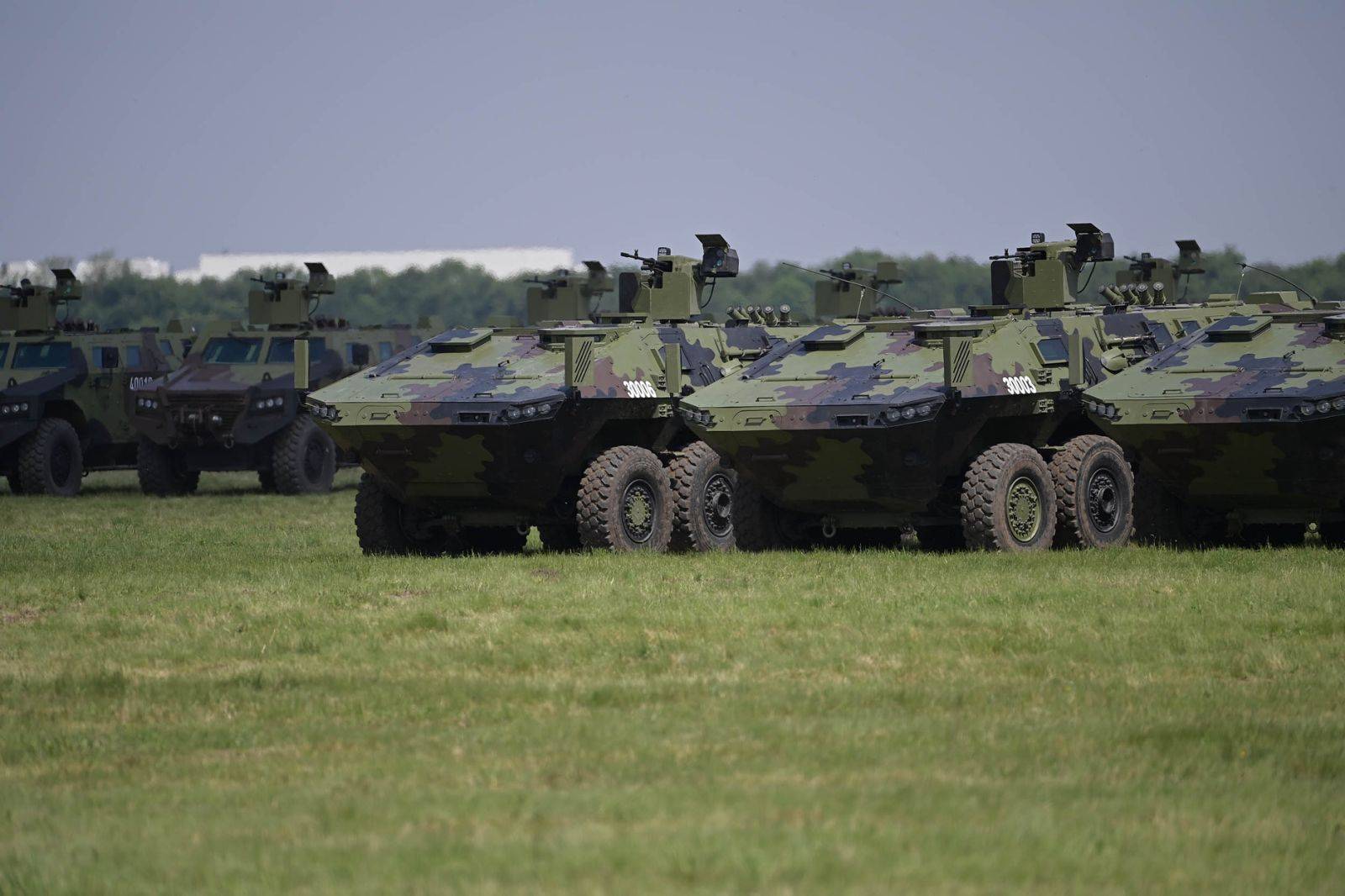
Members of 63rd Parachute Brigade then conducted a classical and special parachute landing from two Mi-17 helicopters. The paratroopers executed their landing with their full gear and armament from the altitude of more than 600 metres.
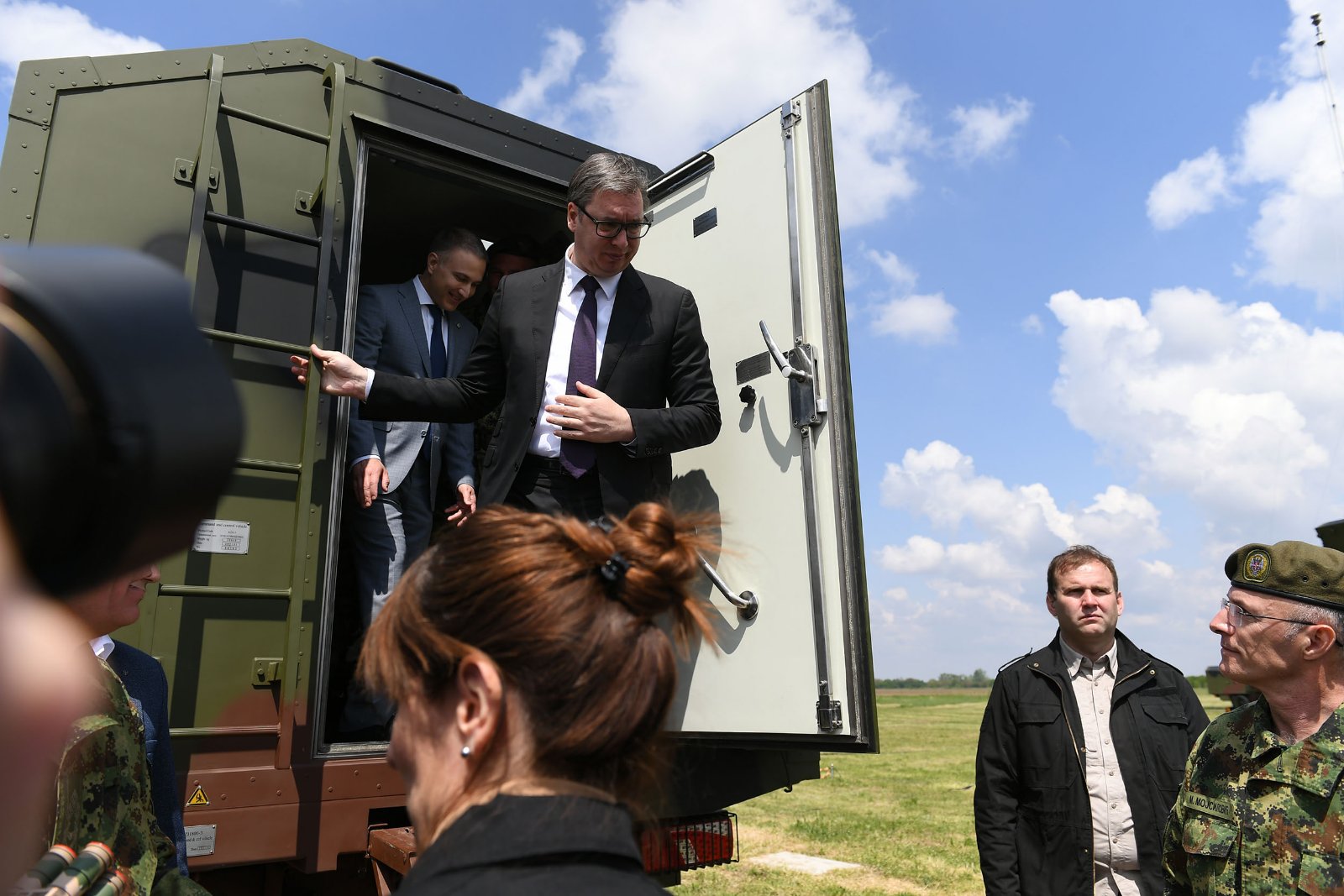
The air defence of the territory and protection of the forces engaged in the operation against the air attacks was performed by FK-3 missile system which is intended for defence of important areas, facilities, directions and forces in an operation against the reconnaissance and attacks from the air. The visitors in Batajnica airfield were also able to see the transition of the missile system into the state of readiness for the engagement. The artillery-missile system “Pantsir S-1” is used for the immediate protection of the FK-4 missile system.
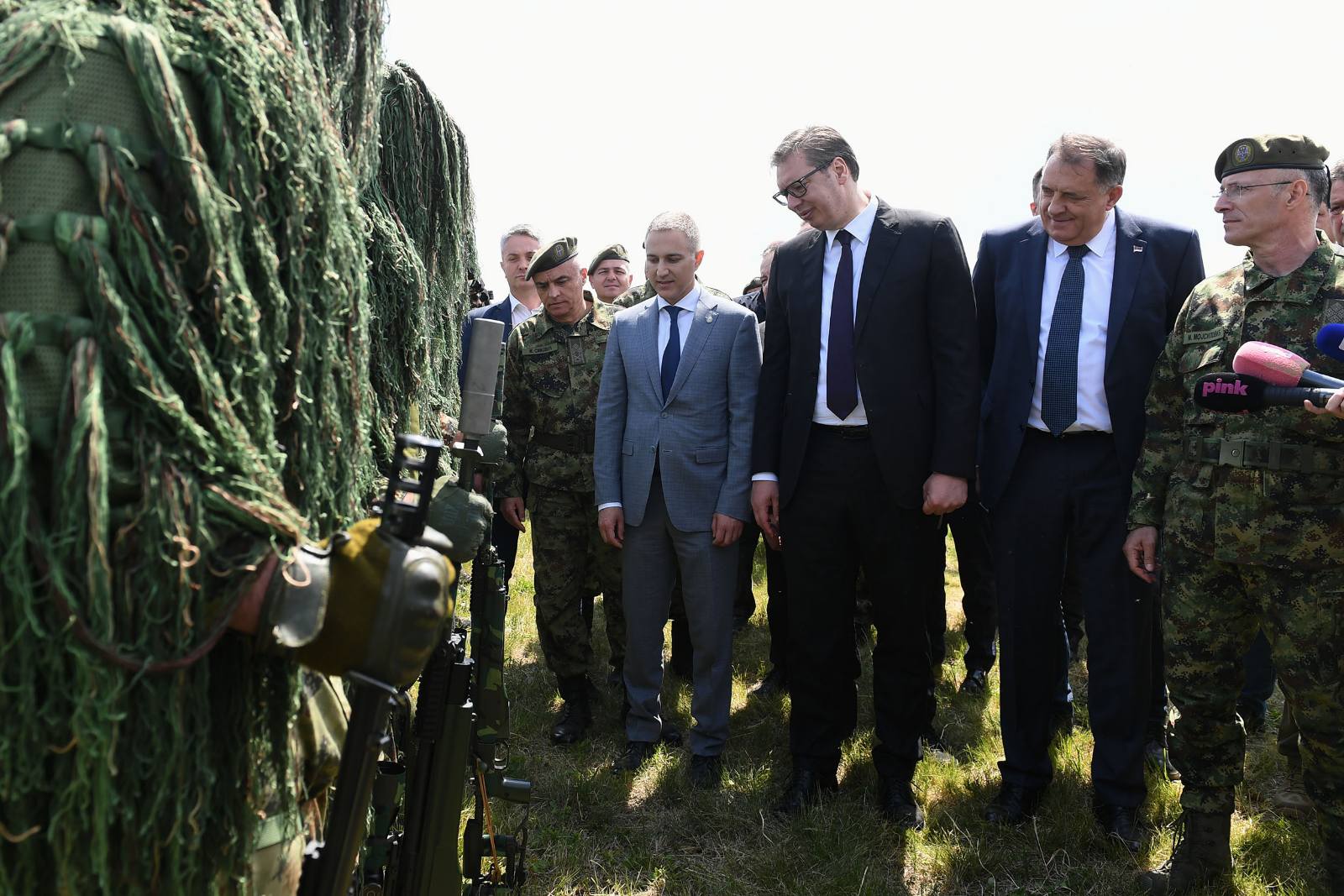
A flyby of aviation echelon ensued, consisting of fighter aeroplanes “MiG-29”, two squadrons of “Orao” and “G-4” respectively, groups of four domestically produced training aeroplanes “Lasta”, and then helicopters Mi-35, Mi-8, Mi-17, H-145 and “Gama“.
The dynamic segment of the demonstration was concluded by the jump made by members of 63rd Parachute Brigade with flags of the Republic of Serbia and Serbian Armed Forces from the altitude of 1,200 metres from “Gazelle” helicopters.
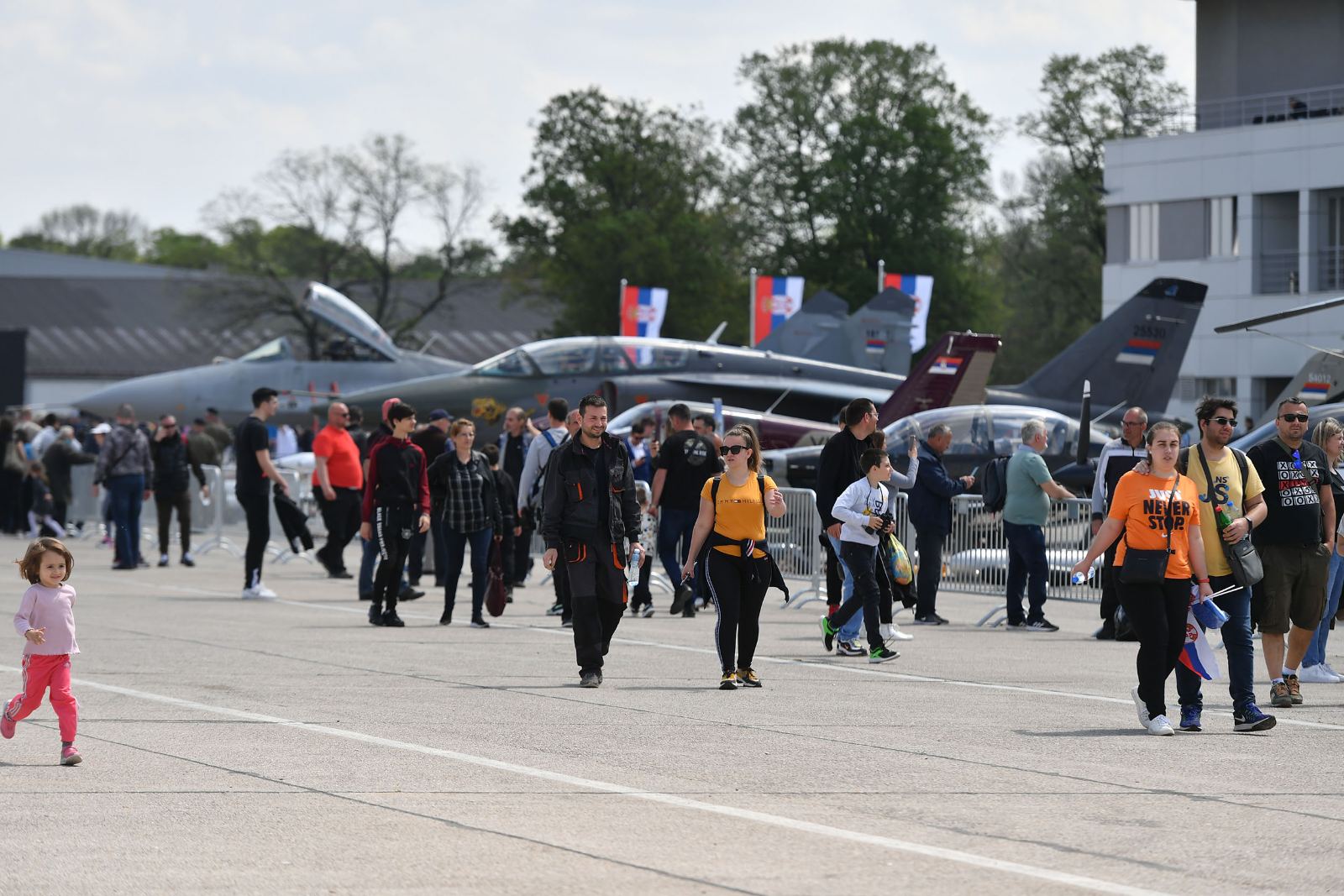
A static segment of the demonstration, apart from the first presentation of FK-3 system to the public, included more than 300 pieces of weapon systems and military equipment that make organic weapons of the Serbian Armed Forces, as well as the assets under development to be introduced as organic weapons. In terms of the number of presented assets, this demonstration was almost two times larger than the static display held last year at Ušće.
On this occasion, the apron of Batajnica airfield showcased fighter aeroplanes “MiG-29”, attack aeroplanes “Orao” and training combat aeroplanes “G-4” and “Lasta”. Displayed helicopters included Mi-17, Mi-8, Mi-35, H-145 and “Gazelle”. This occasion was taken to present a remotely piloted aircraft of Chinese production “CH-92”.
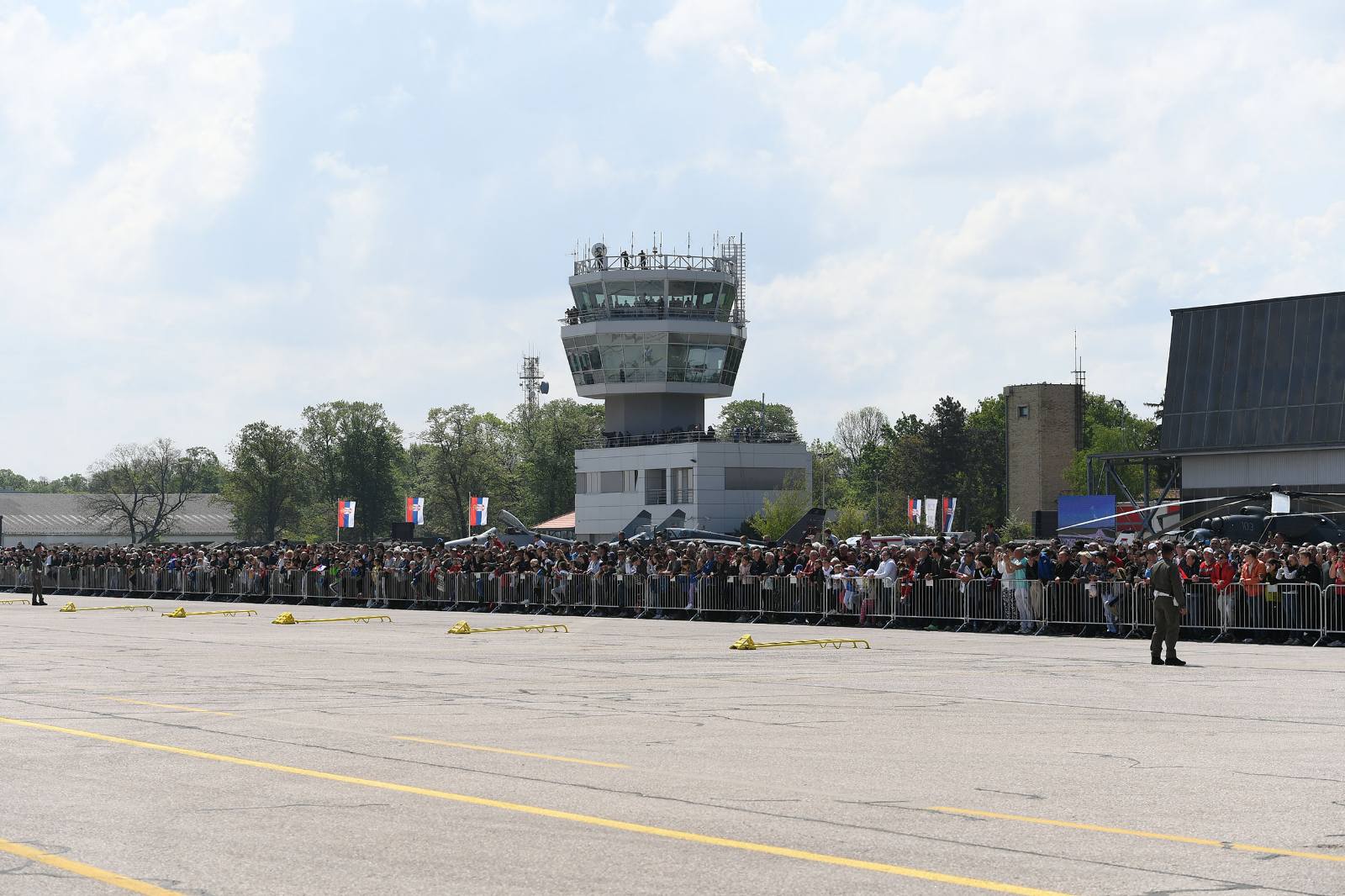
The fans of the Army fighting assets had an opportunity to see tanks M-84, M-84AB1 and T-72MS, fighting vehicles M-80, M-80AB1, M-80AB2, BRDM-2M, BOV, KOT and “Humwees”, and artillery and missile systems “NORA B-52”, “Gvozdika” and “Plamen S”.
Of air defence missile systems already in use in the Serbian Armed Forces, “Neva” and “Kub” were presented at the display.
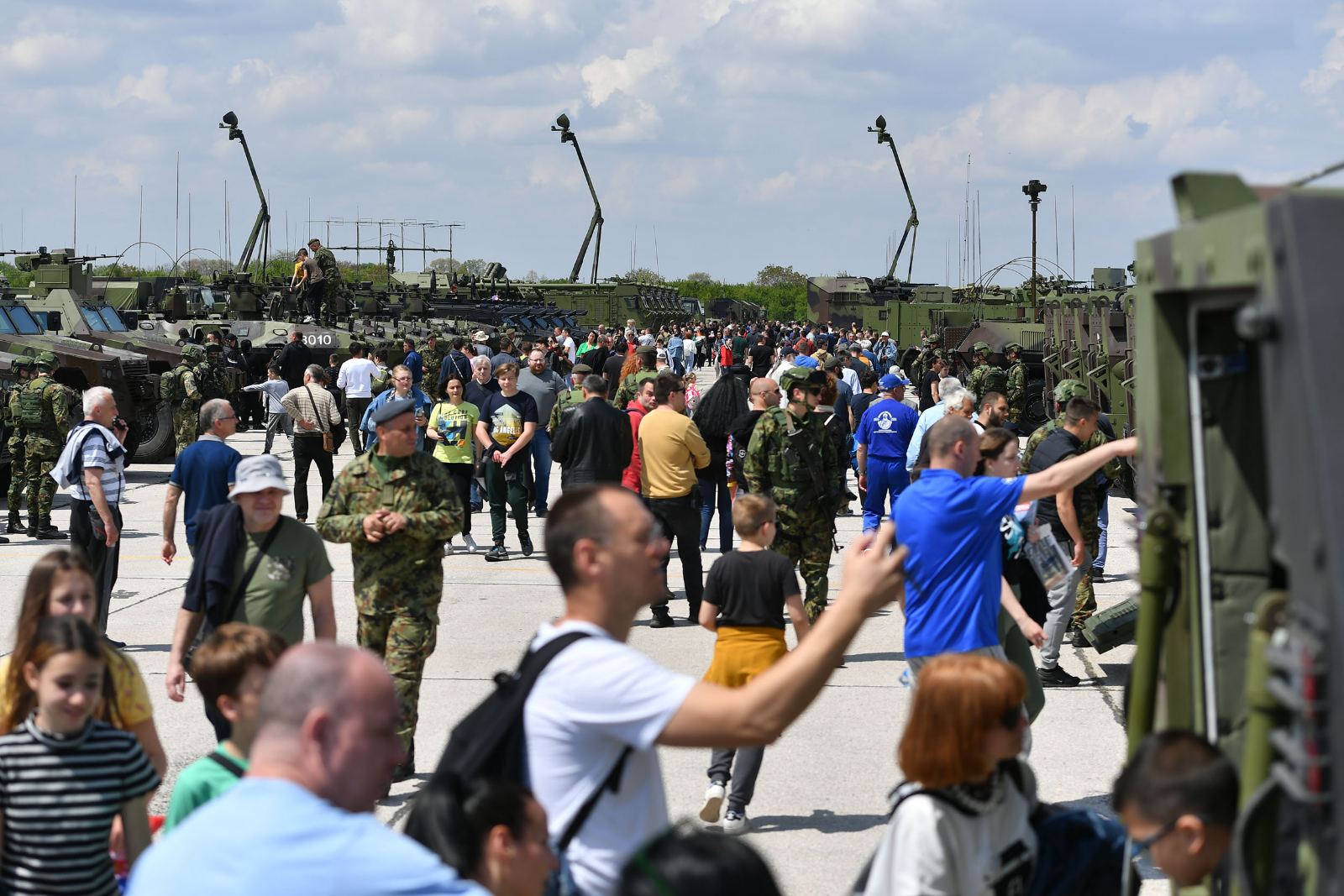
Assets produced in series by our national defence industry and intended for the Serbian Armed Forces that were displayed in larger numbers, included fighting vehicles “LAZAR-3”, “Miloš 4x4”, self-propelled howitzers “Nora B-52”, systems PASARS, digitalised “Oganj”, vehicles of the family BOV KIV and armoured transport vehicles, vehicles M-20 MRAP 6x6, “Small Miloš”, unmanned aerial vehicle “Pegasus”, which was presented for the first time at the level of a complete system in its armed variant, after last years’ successfully completed development with a partner from PR China.
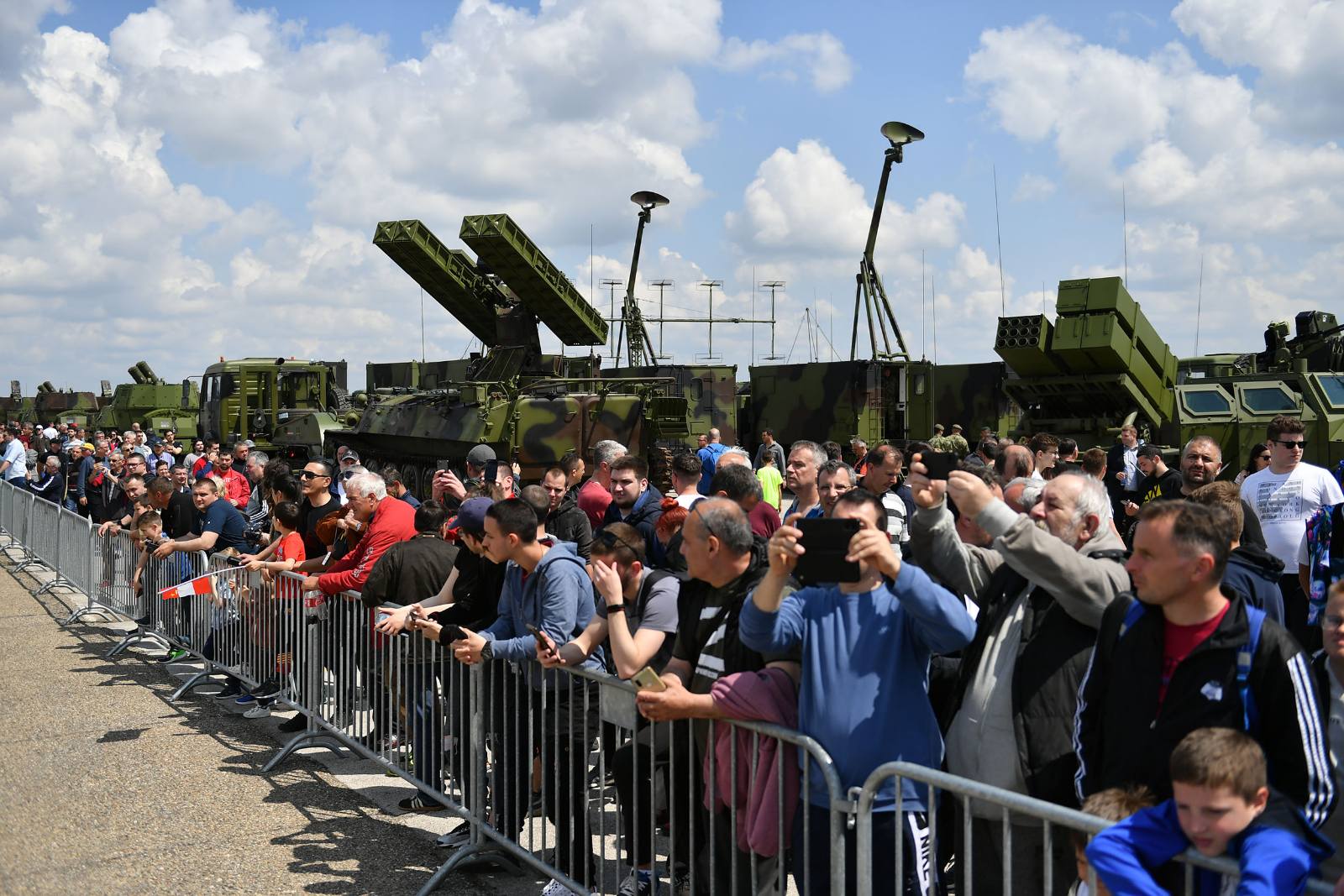
Separate thematic segments of the demonstration were dedicated to the presentation of products of Serbian defence industry group and other manufacturers of arms and military equipment from Serbia, and presentation of arms and equipment used by special units.
At today’s demonstration, the visitors had an opportunity to get informed about the ways to join military service and enrol on military schools, and they also had at their disposal several simulators and shooting ranges for air weapons of the Military Academy.
